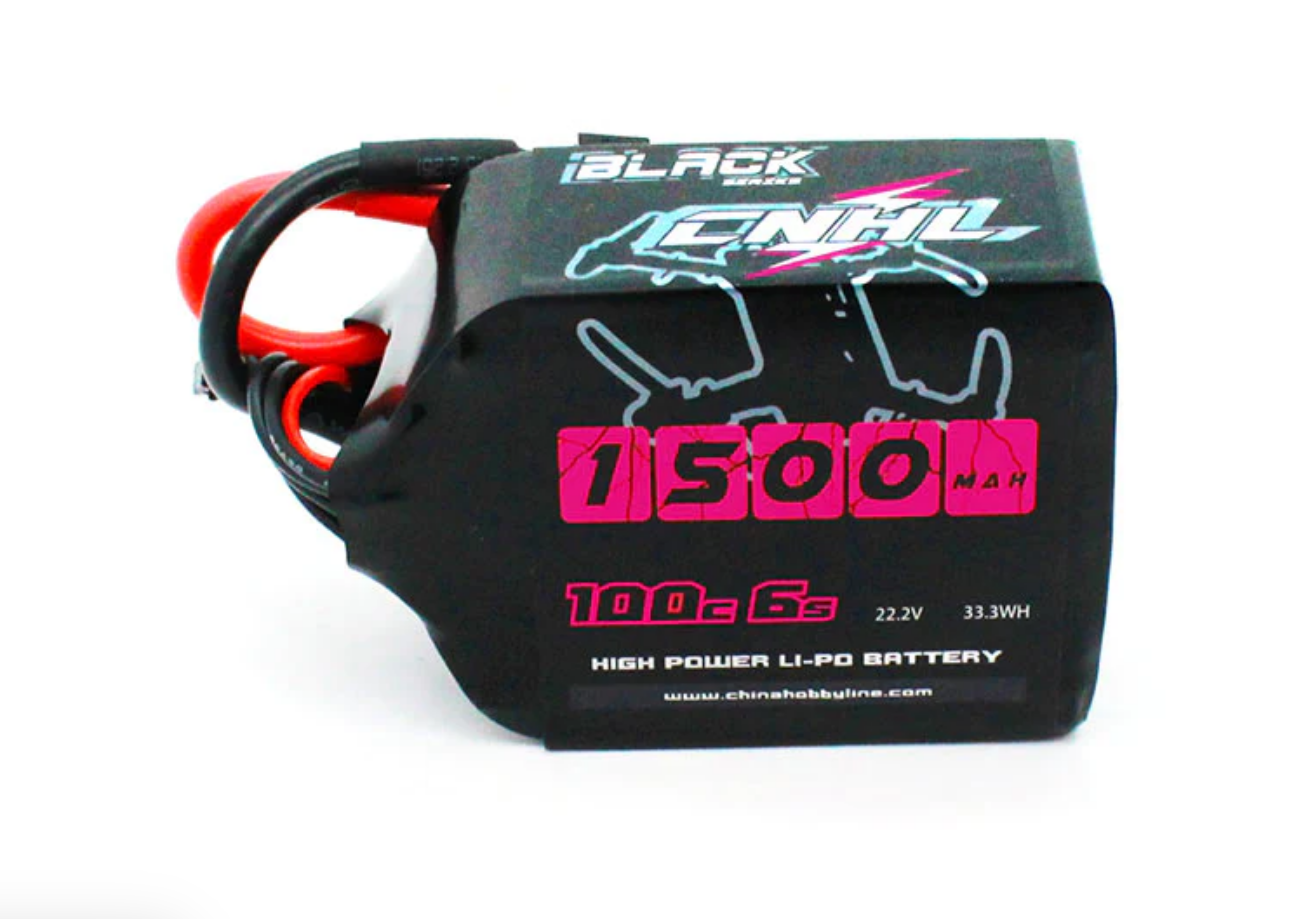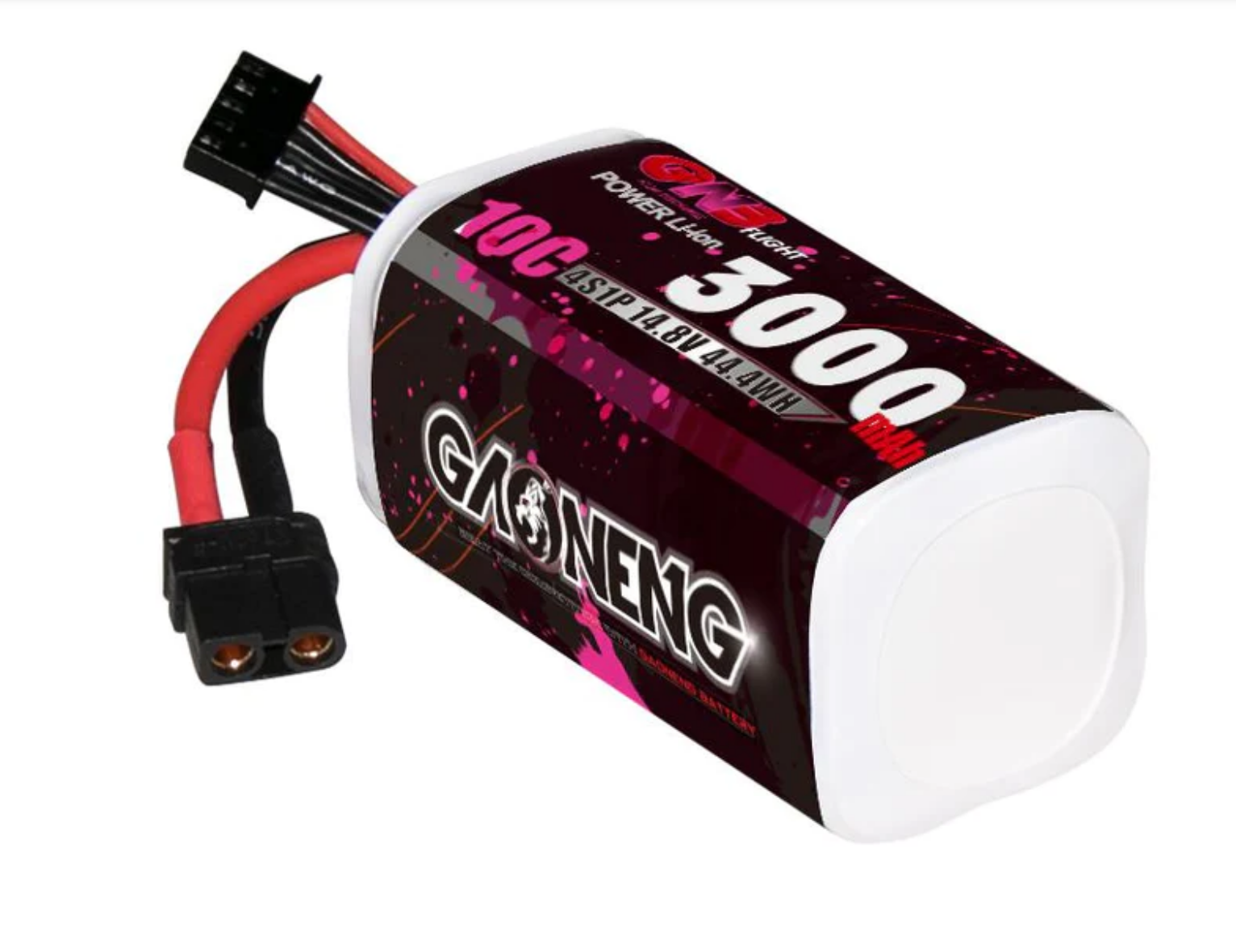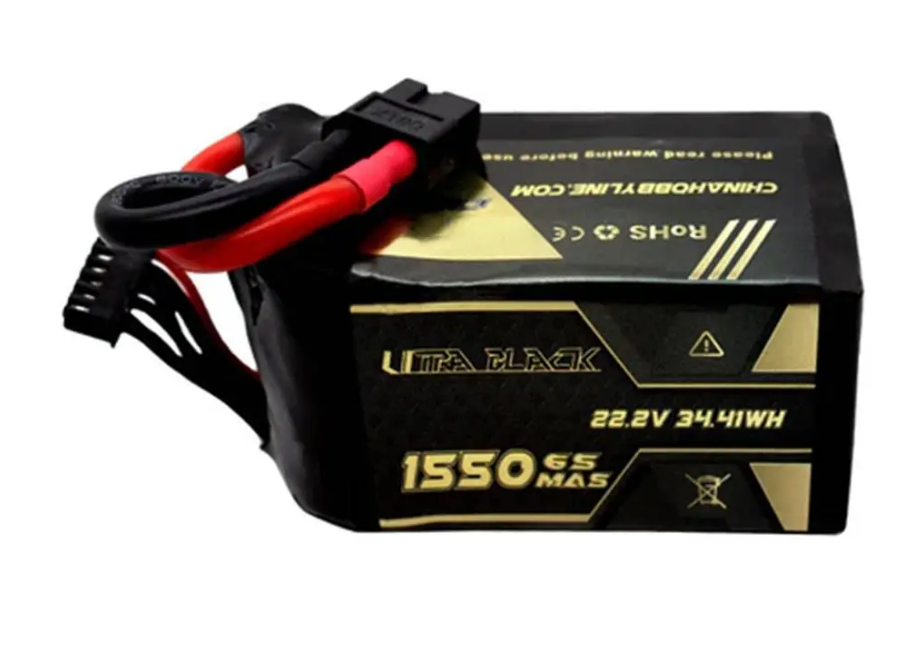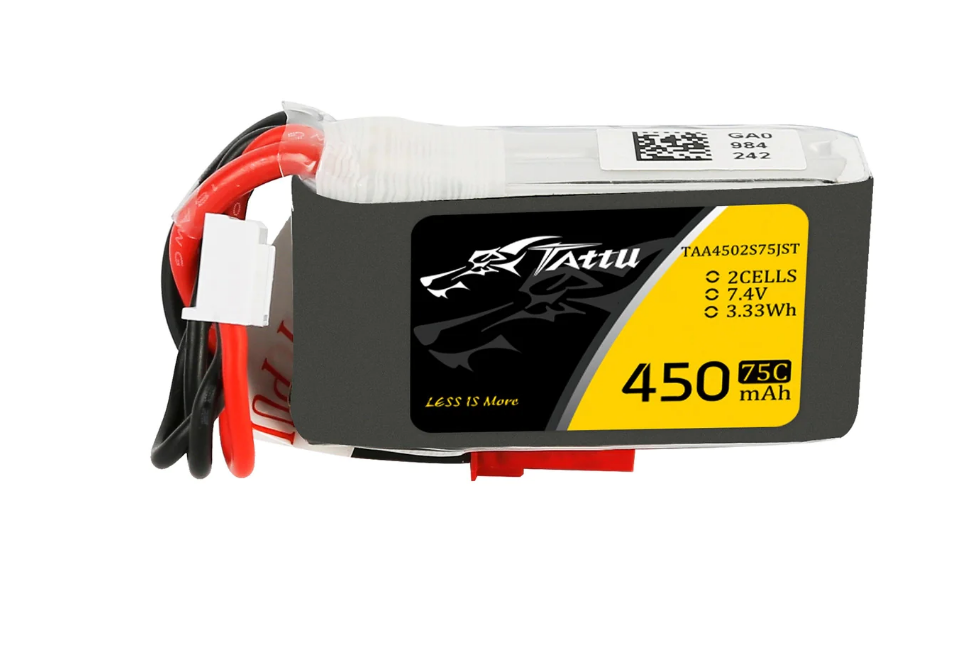BATTERIES




In general, as we’re aware, batteries function as power storage devices, and in FPV drones, they serve the same purpose. The two main types of batteries used in the field of drone are LiPo (Lithium Polymer) and Li-ion (Lithium-Ion). However, in the context of FPV, being a power-packed machine, LiPo batteries are primarily used due to their high discharge rate capacity. In scenarios prioritizing flight time over power, such as long-range FPV, Li-ion batteries are also utilized.
Key Parameters :
Cell Count and Nominal Voltage:
- The cell count indicates the number of cells linked in series.
- Nominal voltage is the average operating voltage, e.g., 6S LiPo has six cells with a nominal voltage of 22.2 V.(22.2 / 6 = 3.7 ))Here nominal voltage of each battery is 3.7 v
- Important voltage levels: 3.0V/cell (critical), 3.5V/cell (land), 3.8V/cell (storage), 4.2V/cell (fully charged).
Capacity:
- Measured in milliamp-hours (mAh), representing the battery’s fuel tank size.
- Higher capacity allows longer flight times but increases weight.
- Capacity determines potential flight time and is used to calculate C-Rating.

C-Rating:
- Indicates the battery’s ability to deliver current to the powertrain.
- Higher C-Rating allows the battery to handle higher currents.
Discharge Current :
The “discharge current” refers to the amount of electric current that can be drawn from a battery during use
Discharge Current [Idischarge ](in amps) = C Rating × Capacity(in Ah)
For example, if you have a 1300mAh LiPo battery with a 100C rating
Idischarge =100×1.3
Idischarge =130 amps
This means that the battery can safely discharge at a rate of 130 amps. It’s essential to consider the discharge current when selecting a LiPo battery for a particular application to ensure that it can meet the power demands of the connected equipment without exceeding its specified limits.
- Continuous Discharge Rating: This indicates the sustained current the battery can deliver without causing damage. It’s the more critical parameter for normal operation.
- Burst Discharge Rating: This represents the maximum current the battery can deliver in short bursts, usually for a brief duration (e.g., 10 seconds). It’s important for applications that require sudden surges of power.
Balancing Lead:
- Allows the battery for individual monitoring and balancing of the voltage across each cell, ensuring uniform charging and discharging, which is crucial for the battery’s performance, safety, and longevity.
LiPo Battery Handling Guidelines
Charging | Discharging |
•Use LiPo-compatible chargers. •Never leave charging batteries unattended. •Set correct parameters for cell count and capacity. •Balance charge for uniform cell voltages. | •Avoid over-discharging below 3.0 volts per cell. •Monitor voltage during use with OSD or telemetry. •Prevent short-circuits to avoid overheating. •Use suitable connectors to handle current. •Store unused batteries at storage voltage (around 3.8V per cell). |
NOTE
The internal resistance of a battery gradually increases over time, leading to reduced efficiency and capacity. Without proper battery management and responsible usage, this process can accelerate, causing a sudden decline in performance and rendering the battery unusable. It is crucial to implement effective battery management practices and avoid reckless usage to prolong the battery’s lifespan and maintain optimal functionality.

